Hurricanes Hit
P.R.- Sept 2017
SAN JUAN, PUERTO RICO — Never before was the Island hit as
hard as this... Two days after Hurricane Maria
flattened this island of 3.5 million people, knocking out
all its power and much of its water, the rebuilding of the
services and structures needed for people to resume some
semblance of ordinary life was looking more complicated by
the day.
All or part of three towns in the northwestern part of the
island — Isabela, San Sebastián and Quebradillas — were
being evacuated Friday because of fears about structural
damage to the nearby Guajataca Dam. Close to 70,000 people
could be affected if the 90-year-old dam, which is 120-feet
high and can hold about 11 billion gallons of water,
collapsed, said Puerto Rico’s governor, Ricardo Rosselló.
And with everyone from the governor of Puerto Rico to the
mayor of San Juan predicting that it could take four to six
months to resume electrical service, people were
contemplating empty refrigerators, campfire cooking, bathing
in their own sweat and perhaps wrangling for fresh water on
an island accustomed to hard times but nothing like what the
future may bring.
“It’s been hard to see infrastructure deteriorate in Puerto
Rico, but it has been harder to meet citizens who have lost
it all,” Governor Rosselló said.
The most immediate danger was from the dam, which suffered
structural damage. And finding gasoline was already a big
problem. Lines for ice and gas stretched for blocks.
Generators needed diesel or regular gas to work, and
supplies at gas stations were quickly dwindling.
“People will start going nuts pretty soon,” said Miguel A.
Soto-Class, president of the Center for a New Economy, a
nonpartisan research organization. “I don’t think it will be
'Mad Max,’ but people will be looking for diesel and
gasoline, more than water even.”
The water supply was also becoming a problem. Even in San
Juan, people need electricity to access water, and water is
also critical to running some air-conditioning systems. At
Centro Medico, a major hospital outside San Juan in Río
Piedras, the emergency unit was treating patients but had no
air-conditioning, said Dr. Johnny Rullán, a physician.

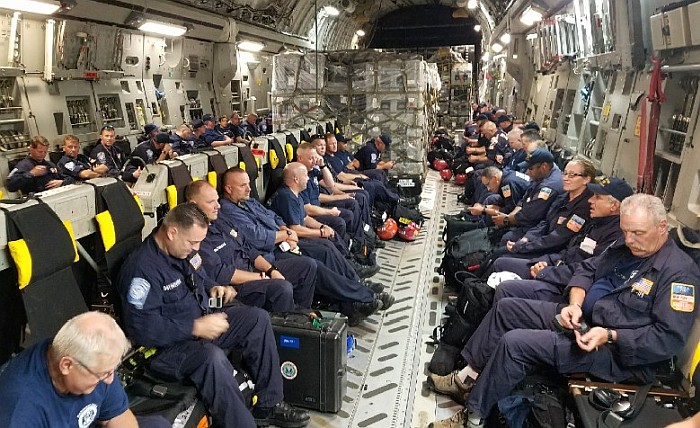
NYPD & NYFD Volunteers from The USA get ready to fly to
help

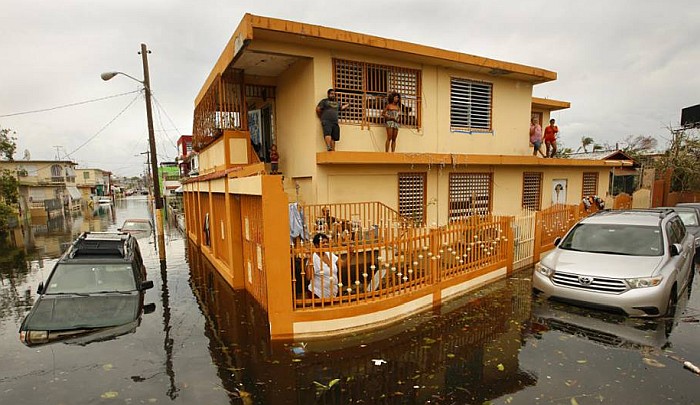
The sadness and desperation is self evident.

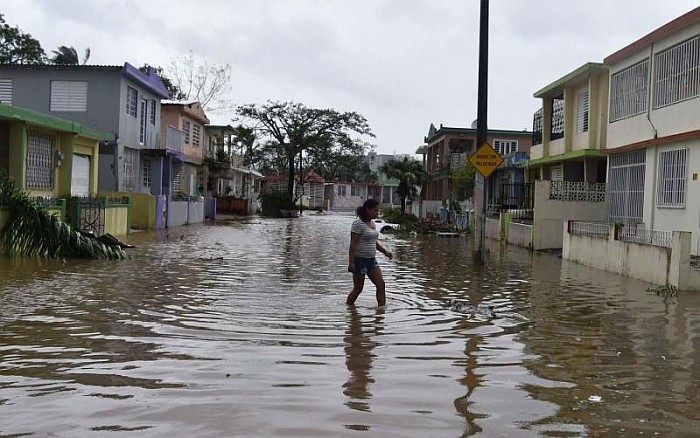
...but we must move on.

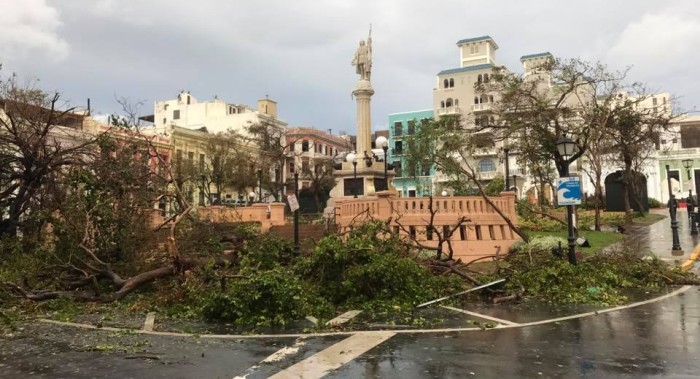
Plaza Colón in San Juan got a taste of the winds

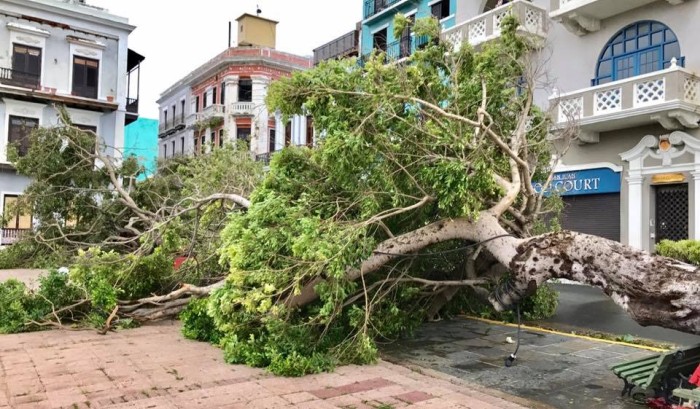



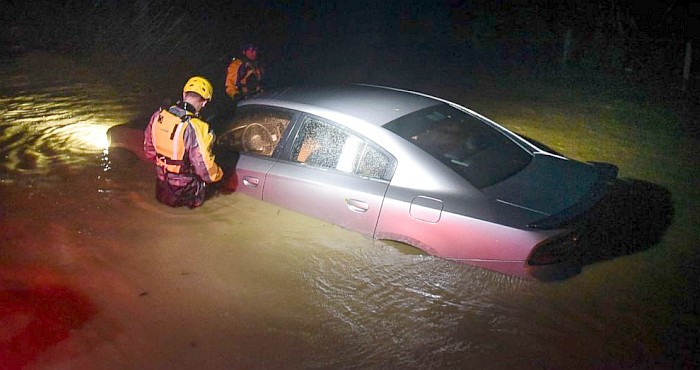

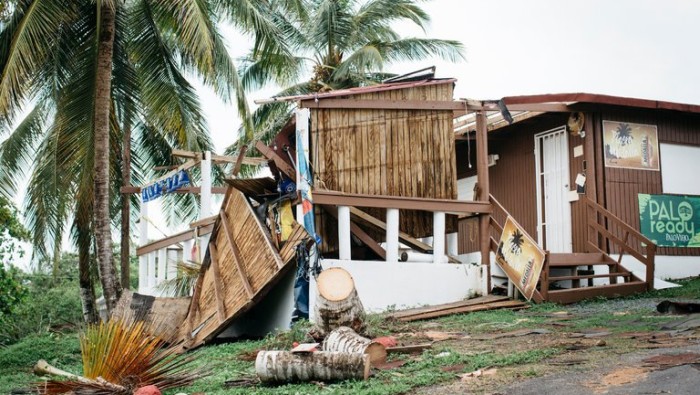

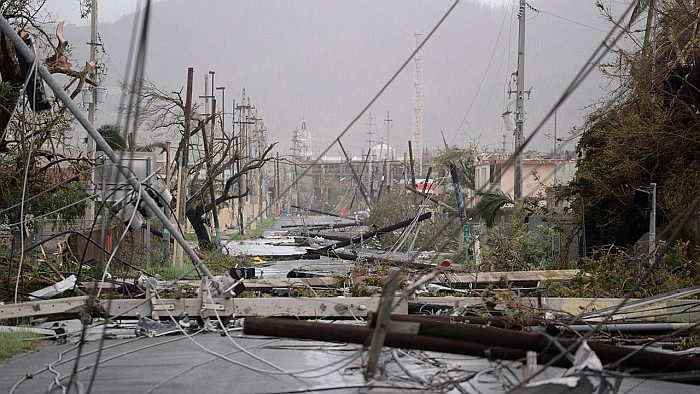

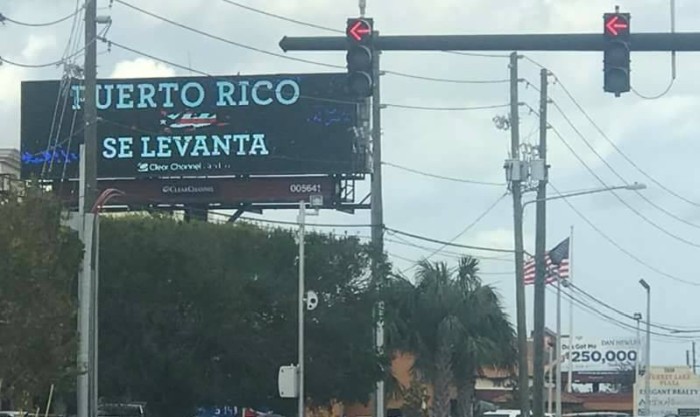
But the biggest long-term obstacle was the prospect of
months without power.
Puerto Ricans are the first to say they can improvise —
resolver — when a drought dries them up or a terrible storm
knocks them down. But the idea of grappling long term
without power hung like a pall over the island.
“This is really affecting me,” said Nina Rodriguez, a human
resources manager in San Juan. “I have four children and the
youngest is 6 months old. We are preparing for six months,
maybe even a year without power.” She added: “All the
infrastructure has collapsed. Everything we had before the
hurricane is beyond reach.”


donjibaro@gmail.com

“Live in such a way that no one blames the rest of us
nor finds fault with our work.” —(2 Corinthians 6:3)

Jibaros.Com®,
Jibaros.Net® - ALL content is Copyright © by Orlando Vázquez,
owner-designer and com does not accept any responsibility for the
privacy policy of third party sites